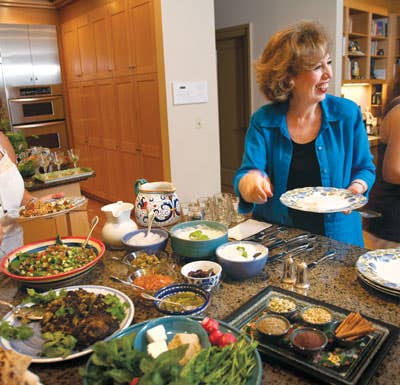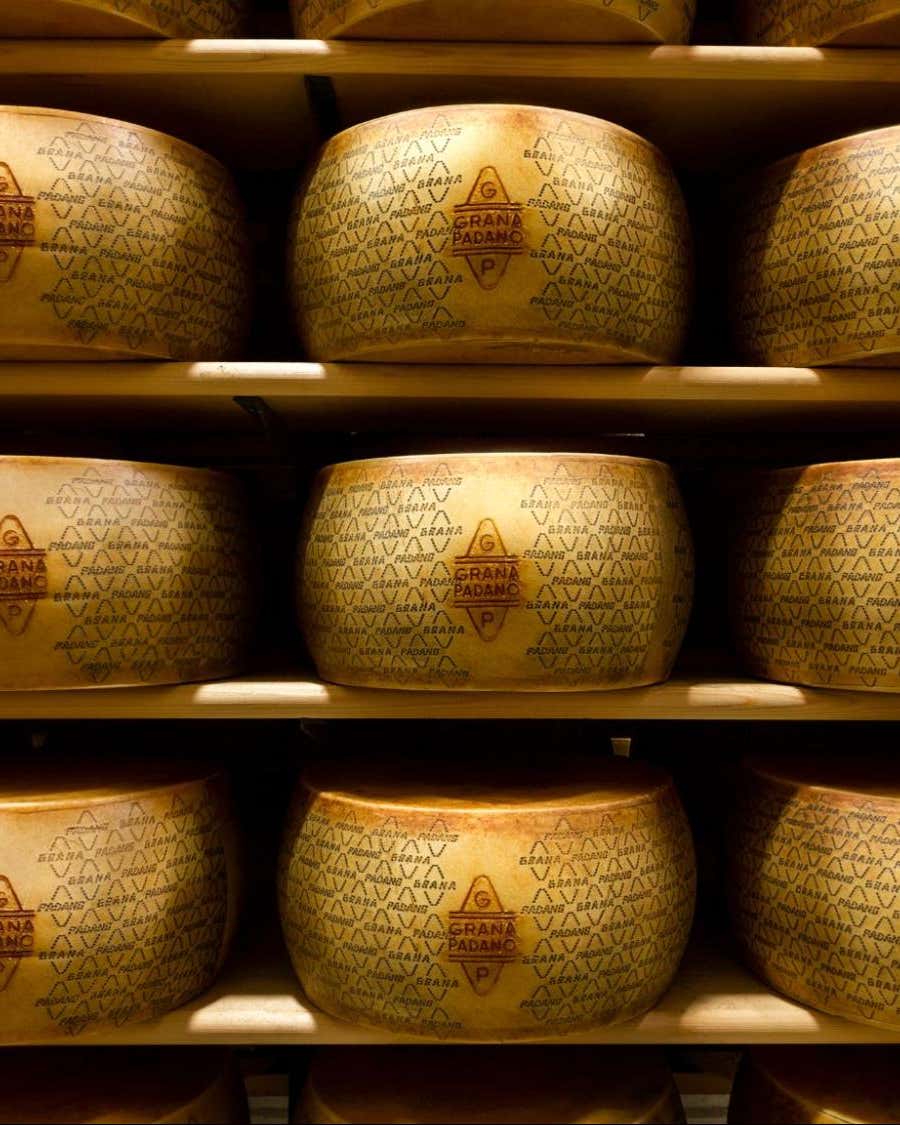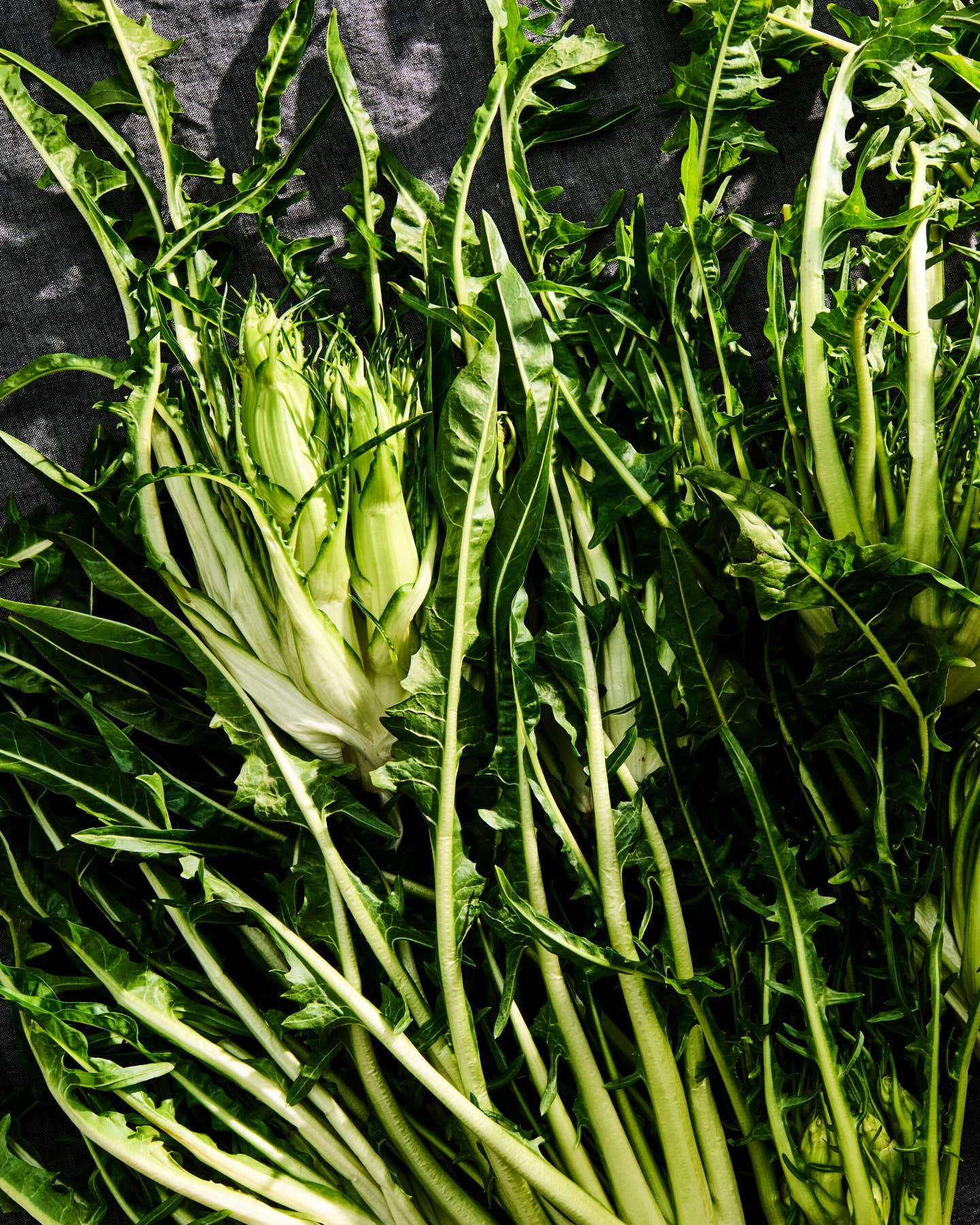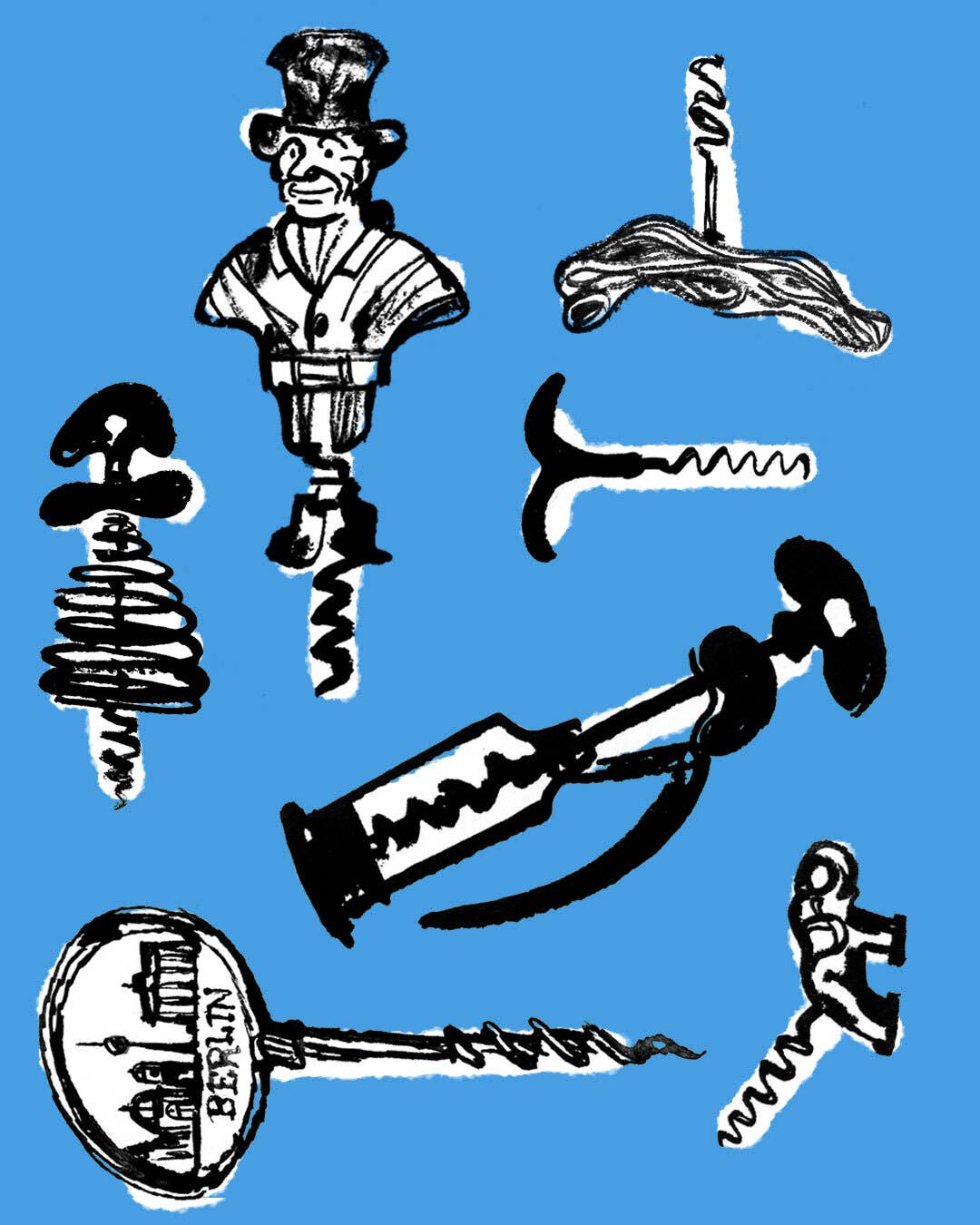
I was born in Iran, but until a year and a half ago, I had seldom cooked Persian food, partly because I don't have relatives to cook with in Los Angeles, where I live now. When I married an American man who had never tasted Persian food until he met me, I decided it was time to embrace my native cuisine. Fortunately, LA is home to the world's largest Iranian emigre population, and I was lucky enough to be introduced to one of the finest Iranian home cooks in town: Noura Samimi. A native of Tehran now living in Manhattan Beach, in southwestern LA County, Samimi is widely known for her dinner parties. One day she invited me over and put me right to work preparing dishes for a grand meal; I couldn't have asked for a better tutorial. There was lubia polow, a rice pilau with green beans and diced beef crusted with thinly sliced potatoes; a sort of zucchini frittata called kuku kadoo (see Kuku Kadoo); a salad of cucumber, tomato, onion, and mint (see Shirazi Salad); and two yogurt dips: borani bademjan, made with broiled eggplant and garlic, and mast-o-khiar, made with cucumber. I blended the dips, and Samimi prepared the lubia polow; because the beans and meat are cooked with tomatoes, she said, it's imperative to let the juices evaporate so that the dish will come out properly dry. When I told her I'd heard that flat bread was sometimes used for the crust instead of potatoes, she pulled out another pan to demonstrate that preparation. As I mixed the ingredients for the salad, Samimi prepared tea, adding leaves from a windowsill geranium. Then we sat down to eat a delicious meal, one filled with the fresh and savory flavors I remember from childhood.
Keep Reading
Continue to Next Story










